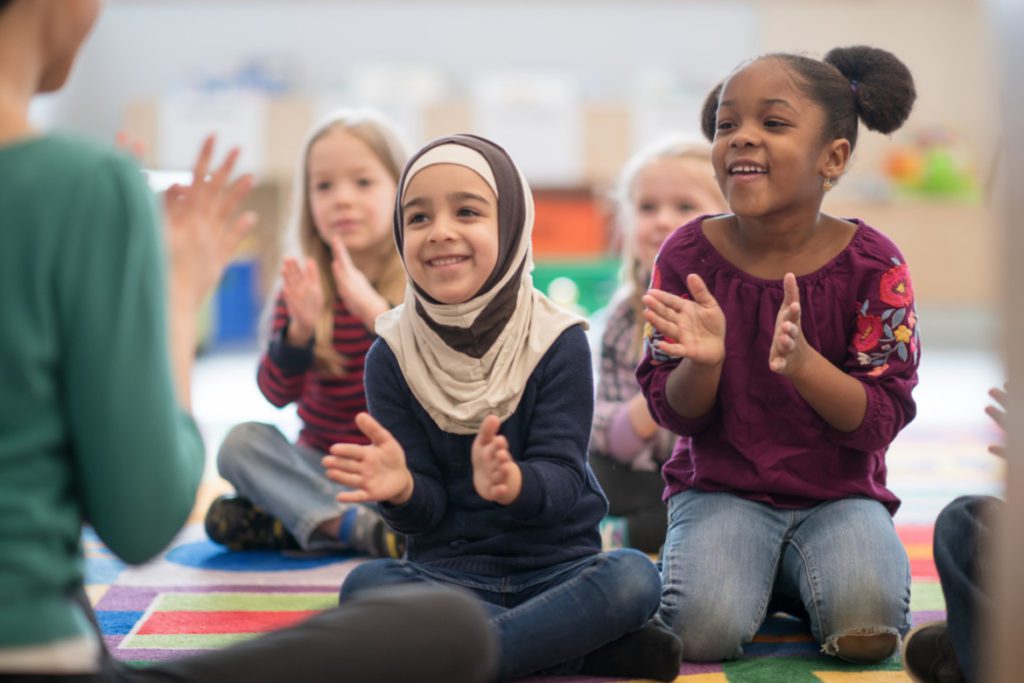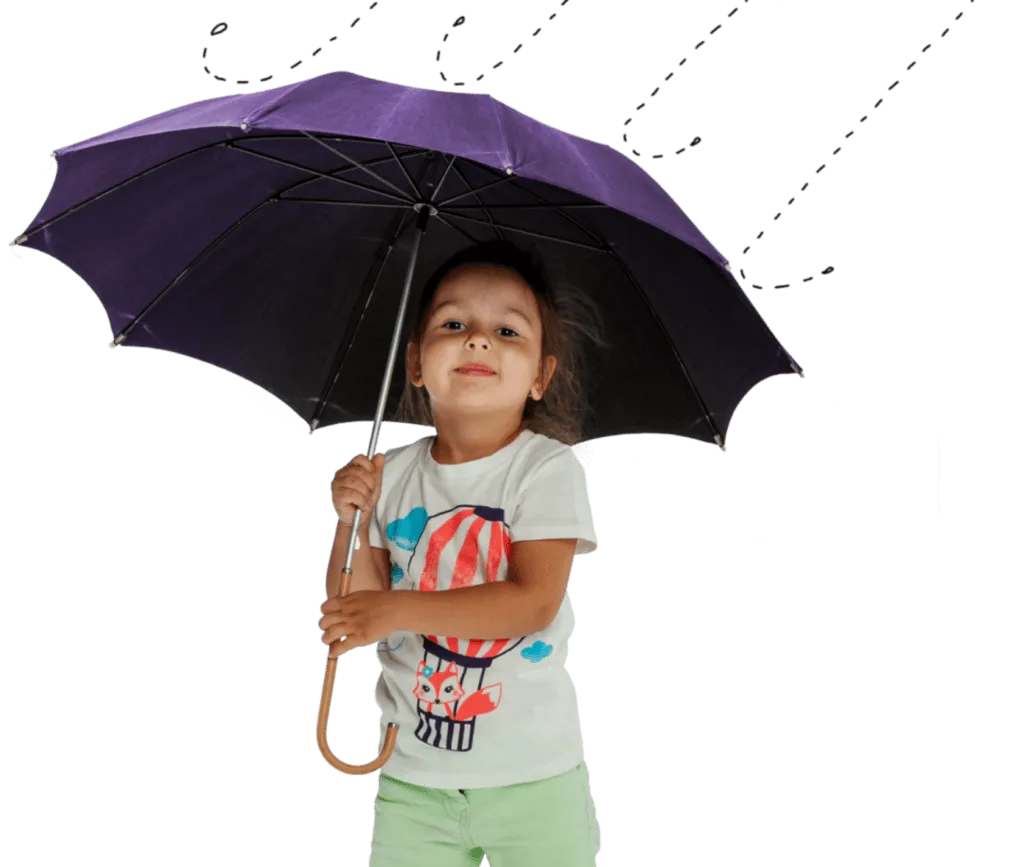Play that song! Five reasons to use music in your classroom


The value of singing in literacy and concept development
That song is stuck in my head! Songs have a way of sneaking into our brains and playing over and over. Quite easily, we memorize parts of songs, repeat and sing words, and hum tunes. In fact, studies have shown that “musical perception, musical emotion, and musical memory can survive long after other forms of memory and cognitive function have disappeared”, showing us that music can actually get stuck in our heads for a lifetime.
If we know that music lives in our minds long after we hear a song, how and why can we use songs in our classrooms to promote children’s learning? I’ve outlined five key ways songs can help children learn and grow.
- New concepts, language structures, and vocabulary can be introduced to children through songs.
As children sing along with songs, the words imprint into their memory. Because songs often use natural language, children learn how language works and what makes sense within the language they are singing. Children can learn new words when they sing. They practice saying those words, repeating them throughout the song, and using them in context. This brings about both language and content development for children. Consider how teachers can use Al’s Pals Song for Stars music in their classrooms. Ideas and vocabulary are introduced and sung aloud to support children’s learning of content and language. For example, when children sing the lyrics Stop! Think! Brainstorm solutions. The answer will come to me if I Stop! Think, it reinforces their understanding of problem-solving. A teacher can sing along to remind children about the ideas they are learning- whether in the moment they need it or just a more general learning opportunity. - Rhyming is a pre-reading skill that is present in most songs
Rhyming is central to phonemic awareness and promotes understanding of language and literacy. Emergent readers need to practice rhyming to get a sense of sounds and how they work together in a given language. As a fundamental and basic pre-literacy skill, rhyming can be found in many songs. In your own classroom, you might want to stop a song and when children recognize a rhyme to listen to and practice the rhyme. When a song consistently uses rhymes, you might pause the song and ask children to predict the rhyming word that would fill the next line. Children can also replace the rhyming word with another word that rhymes. Here’s an example of a song that emphasizes rhyme from a Mighty Minute®: “Look high, look low, look all around. Pick everything up off the ground!” To extend the activity, you might invite children to create and sing their own versions, such as “Pick up everything that weighs a pound!” or “Clean up without making a sound!” - Singing allows children to express emotions.
When children sing with their peers, they will often have big feelings! Happiness, joy, calmness, excitement, and even melancholy are all feelings that songs can bring about in us. Singing presents an opportunity to talk about how music makes us feel and how music can play a role in affecting our moods. For example, the soft, slow melody in the Al’s Pals song “Calm Down” brings a feeling of peace and tranquility to the listener. Children can listen to this song to calm down and discuss how it makes them feel. Talking about the connections between emotions and music furthers children’s understanding of feelings and helps promote social–emotional development. - Singing in the classroom is social and cultural!
When children sing together, they feel like part of a group through a social and cultural experience. Singing in unison is a powerful way to promote collaboration through a collective classroom experience. For children, it’s a special experience to share with peers and teachers, singing the same words or tune in harmony. Often, even more introverted children enjoy singing as a way to socialize and feel connected. Additionally, singing diverse music can introduce children to different cultures and genres of music. For example, the Al’s Pals song “Special Me” comes from the rap genre of music, which may provide a special connection to children’s home lives or introduce children to a new musical experience that supports their ability to differentiate between types of music. - Singing gets us moving!
We all need to move more these days! Singing often accompanies dancing and moving for young children. When you play songs for children, encourage them to feel the music! Invite them to express the music through movement. Allow children space to move in big and small ways. You can bring in instruments, scarves, toy hoops, or anything to make the music become more physical. As an example, it’s almost impossible to listen to whistles and bells in the Al’s Pals song, “Al, Will You Come Out?” without marching!
Now that you know some of the benefits, how will you bring more music to your classroom?

Explore how music is used in Al’s Pals
A comprehensive social–emotional curriculum designed for the specific needs of preschool children.
Devere, R (2017). Music and Dementia: An Overview. Retrieved at https://practicalneurology.com/articles/2017-june/music-and-dementia-an-overview